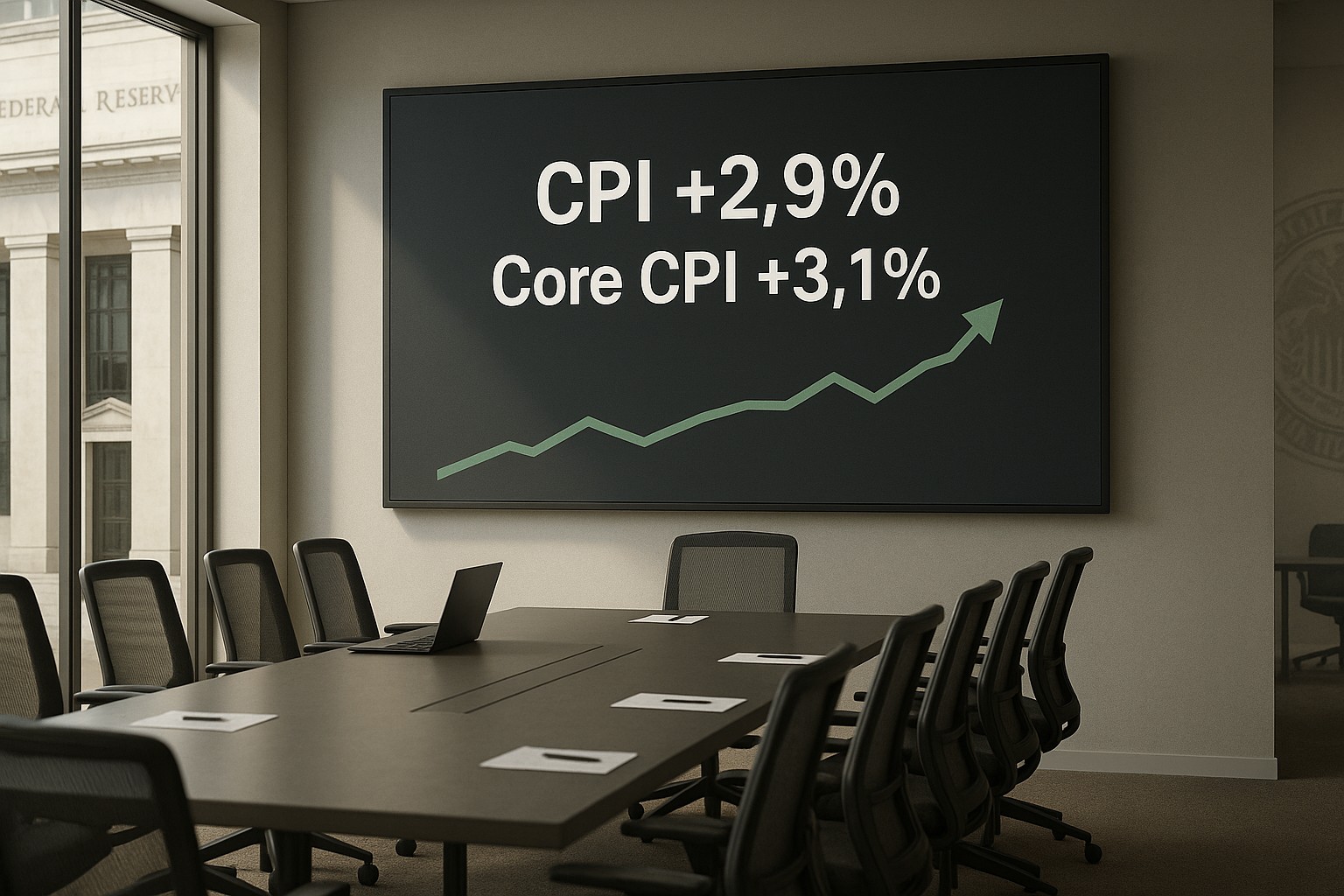The numbers landed with a soft thud this morning—inflation holding right where analysts expected. August's Consumer Price Index climbed 2.9% year-over-year, while the Core CPI (that's the one without food and energy) hit 3.1%.
Markets barely flinched. Why? Because everyone's already looking past this report to next week's Federal Reserve meeting, where the real drama awaits.
It's funny, really. After two years of inflation surprises that kept economists tearing their hair out, we've finally reached a point where the data is behaving itself. The inflation trajectory resembles a plane making its final approach—not quite landed at the Fed's 2% runway, but definitely on a decent glide path.
Let's break it down a bit. The monthly increase came in at 0.4%, double July's tame 0.2% rise. Not ideal, but hardly panic-inducing. Housing costs (the stubborn elephant in the inflation room) climbed another 0.4%, continuing to be the main culprit. Food prices? Up 0.5%, with groceries jumping 0.6%—something any shopper could tell you without a government report.
Energy costs increased 0.7%, with gasoline prices surging 1.9%. That figure would worry me more if I hadn't just filled up my tank for less than I did a month ago—a reminder that these reports are always looking in the rearview mirror.
But here's the thing. This report wasn't about surprises. It was about giving the Fed cover for what markets have already decided is happening: rate cuts are coming.
Before this morning, traders had priced in a 92% chance of a quarter-point cut next week. The debate wasn't "if" but "how much"—with that remaining 8% betting on a more aggressive half-point slash.
What's changed in recent weeks is the outlook beyond September. That disappointing jobs report last Friday? It shifted the conversation dramatically. Now many economists expect cuts at all three remaining Fed meetings this year, not just two.
I've been covering the Fed since before Powell took the chair, and this feels like a genuine inflection point. After playing inflation-fighting superhero for two years, the Fed now sees a new villain emerging: labor market weakness. It's like watching a meteorologist suddenly pivot from warning about drought to preparing for floods.
Wall Street, of course, is practically giddy. The prospect of lower rates has investors seeing dollar signs, even after the impressive market run we've already had this year. Nothing says "party time" to traders quite like a Fed that's about to start cutting.
The real question (and it's a doozy) is whether the Fed can thread the needle between overreacting to job market concerns and underreacting to still-elevated inflation. At 3.1%, core inflation remains stubbornly above target—a fact that will give the Fed hawks plenty to screech about in the meeting room.
"The Fed is in a precarious position," explained Sarah Montgomery, chief economist at Capital Insights, when I spoke with her after the data release. "They've spent so long convincing markets they're serious about inflation that pivoting too quickly could damage their credibility."
Today's report gives Powell the perfect backdrop for next week's press conference—not too hot, not too cold. A Goldilocks report, if Goldilocks were an economics nerd.
For investors who've positioned themselves for this pivot, the coming months could be rewarding. Those still bracing for higher rates? Well... let's just say swimming against the Fed current rarely ends well.
One thing's crystal clear as we await next week's decision: the days of tightening monetary policy are numbered. The only remaining question is how quickly we'll turn the page to the next chapter of this economic story.
And frankly, after the inflation rollercoaster we've all been riding since 2021, a boring conclusion would be a welcome plot twist.
